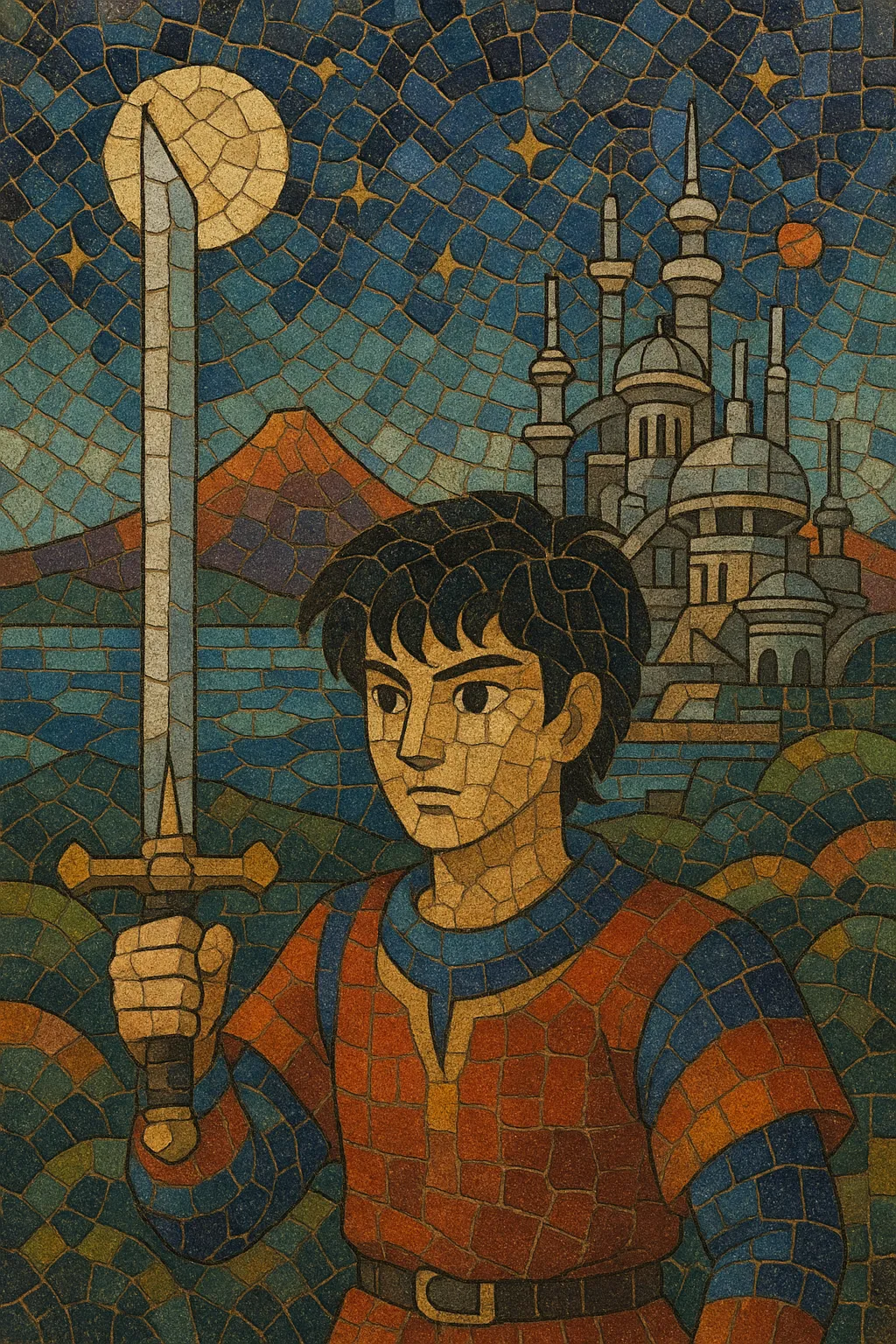Japanese VGM (video game music) refers to music created for Japanese video games, spanning arcade cabinets, home consoles, handhelds, PCs, and modern platforms.
It is melody-forward, loop-friendly, and highly thematic, often built on short motifs and clear leitmotifs for characters, locations, and events. Early sound palettes centered on PSG and FM synthesis; later generations added PCM sampling, CD audio, and full orchestral/hybrid production.
Stylistically it blends electronic programming with influences from classical orchestration, jazz fusion, kayōkyoku/J‑Pop hooks, and progressive rock, while sometimes coloring harmony or melody with Japanese scales. Its catchy writing, memorable hooks, and tight arrangements have made it globally influential well beyond games.
Japanese VGM crystallized with the rise of arcades and the Famicom (NES) after 1983. Hardware constraints—few channels on PSG chips and limited memory—pushed composers to prioritize strong melodies, concise motifs, and clever counterlines. FM synthesis on systems like the PC‑88/98 and Sega’s YM2612 added punchier bass, bells, and electric‑piano timbres. Early landmark work by Koji Kondo (Super Mario Bros., The Legend of Zelda) and Hirokazu Tanaka (Metroid) set the template: hooky, loopable cues that defined game identity.
With the SNES SPC700 and Sega Mega Drive FM, texture and harmony deepened. JRPG scores by Nobuo Uematsu (Final Fantasy) and Koichi Sugiyama (Dragon Quest) adopted classical symphonic idioms while Yuzo Koshiro pushed dance/funk and FM techniques (Streets of Rage). Yoko Shimomura (Street Fighter II, later Kingdom Hearts) bridged catchy pop‑inflected themes with dramatic battle music. CD‑ROM and PlayStation’s Red Book audio enabled higher fidelity and live instruments, expanding stylistic range.
As hardware limits eased, live orchestration and hybrid electronic‑orchestral scoring flourished (Hitoshi Sakimoto’s tactically intricate textures; Motoi Sakuraba’s prog‑rock harmony and organ leads). Concerts and albums popularized game music beyond players, while doujin/arrange communities and sheet music releases cemented canon pieces.
Indie devs revived FM/PSG aesthetics via trackers and VST emulations, while major franchises commissioned full orchestras and high‑end production. Streaming, cover scenes, and international concerts (e.g., Distant Worlds) broadened audiences. Japanese VGM’s melodic directness and timbral signatures became key influences on vaporwave, future funk, synthwave, and lo‑fi scenes.
Choose a period palette and stick to it for cohesion:
• 8/16‑bit: PSG (2 square + triangle + noise), FM (e.g., YM2612), SNES SPC samples. Use trackers (Famitracker, DefleMask) or faithful VSTs/chips for authenticity. • Modern hybrid: Blend synths (pads, arps, bass) with small ensemble or full orchestra. Add Japanese color with shakuhachi, koto, shamisen, or taiko when appropriate.

